On the heels of the 287k print in June, the FOMC acknowledged this by saying “job gains were strong in June following weak growth in May.” They added this new line on the labor market that wasn’t there previously: “On balance, payrolls and other labor market indicators point to some increase in labor utilization in recent months.” They repeated that household spending was growing “strongly” but “business fixed investment has been soft.” They took out the line that “the housing sector has continued to improve” but I can’t figure out why. The benign inflation commentary was similar to the June meeting notwithstanding an 8 yr high in June core CPI at 2.3%.
Esther George, who did not dissent at the June meeting as she wanted to wait until after the UK vote, went back to voting for a rate hike of 25 bps.
Bottom line, we can call this a boring, non event meeting but there was a clear change to the hawkish side on the labor market commentary after the bounce back seen in June. This only brought the 3 month average to about 150k but the Fed seems intent on telling the markets that a September hike is a possibility. They do this not because they are intent to raise but to just give them flexibility with the markets as not to put them offsides if the data meets their rate hike threshold in coming months. Thus, this ongoing game of whether and when to hike a measly 25 bps continues. The 2 yr note yield at .74-.75% is down slightly from yesterday.
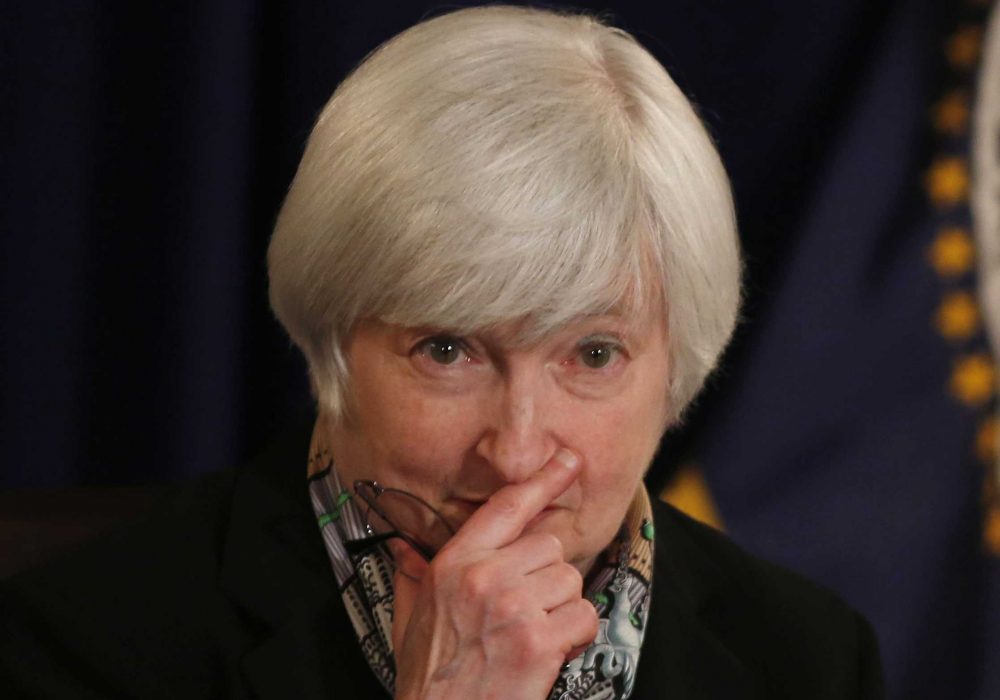


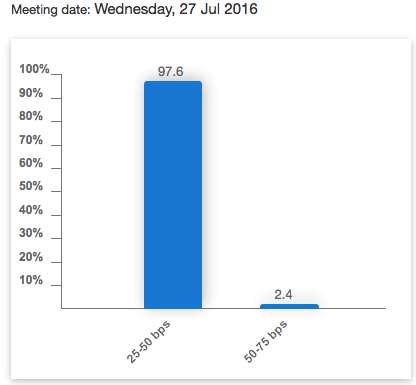
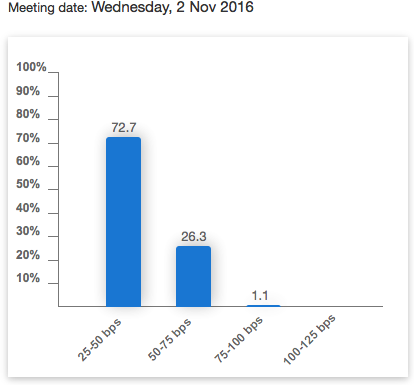
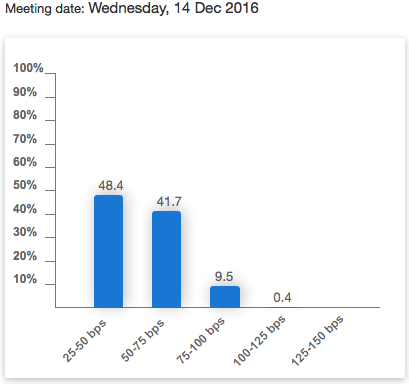
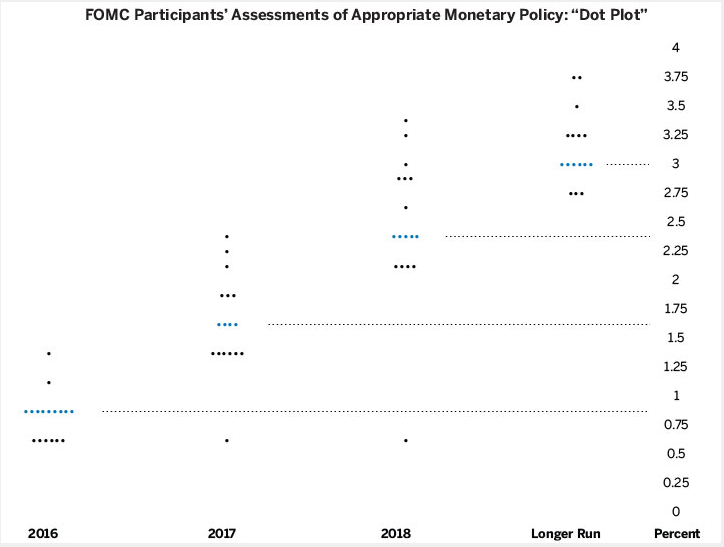


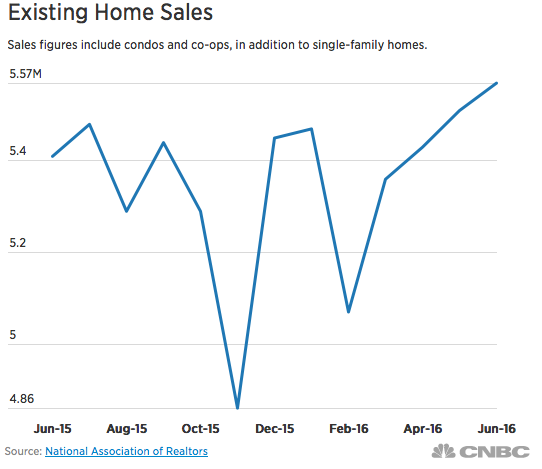
 Peter is the Chief Investment Officer at Bleakley Advisory Group and is a CNBC contributor. Each day The Boock Report provides summaries and commentary on the macro data and news that matter, with analysis of what it all means and how it fits together.
Peter is the Chief Investment Officer at Bleakley Advisory Group and is a CNBC contributor. Each day The Boock Report provides summaries and commentary on the macro data and news that matter, with analysis of what it all means and how it fits together.